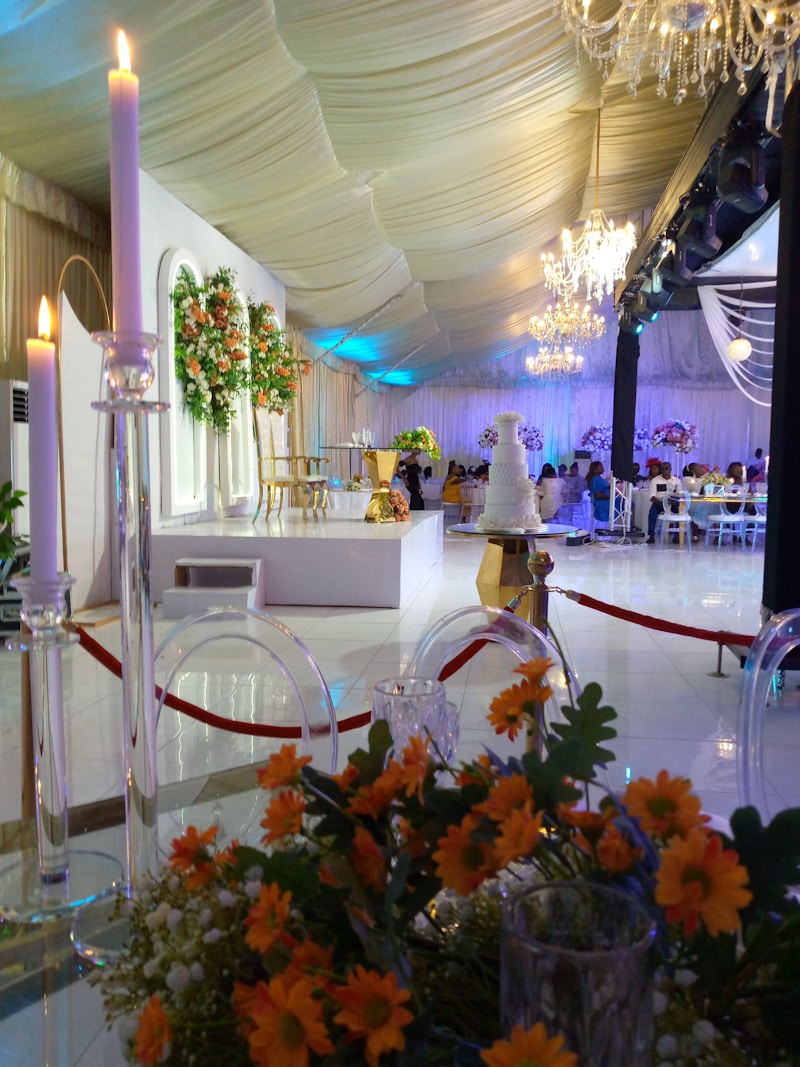Ultimate Guide to Floors Plans for Wedding Reception Layout: Create the Perfect Atmosphere
Ultimate Guide to Floors Plans for Wedding Reception Layout: Create the Perfect Atmosphere
Planning a wedding reception involves countless details, and one of the most critical aspects is the layout of the event space. A well-structured floor plan can enhance guest experience, facilitate smooth movement, and set the perfect mood. In this comprehensive guide, we will explore various floor plans for wedding reception layouts, ensuring your dream wedding becomes a reality. This article will also provide tips, considerations, and best practices for designing an effective reception floor plan.
The Importance of a Well-Designed Floor Plan
A thoughtfully designed floor plan serves several purposes:
- Guest Comfort: Ensuring ample space for guests to mingle, dine, and dance is crucial.
- Event Flow: A smooth flow from one area to another (dining, dancing, etc.) keeps the event organized.
- Theme Enhancement: A layout that aligns with your wedding theme can amplify the overall aesthetic.
Types of Wedding Reception Layouts
Depending on the style of your wedding, here are some popular floor plans to consider:
| Layout Type | Description |
| Banquet Style | This layout uses long tables for a communal dining experience, fostering a sense of connection among guests. |
| Round Tables | Ideal for smaller weddings, round tables encourage conversation and intimacy among guests. |
| U-Shape Layout | This arrangement can be visually impactful and is great for ceremonies where everyone faces the couple. |
| Theater Style | Rows of chairs in a semi-circle provide great visibility for speeches and performances. |
| Cocktail Style | This layout features high-top tables and lounge areas, promoting a casual, relaxed atmosphere. |

Steps to Create Your Wedding Reception Floor Plan
Here’s a structured approach to designing the perfect floor plan for your wedding reception:
Step 1: Assess Your Space
Before diving into designs, understand the dimensions and shape of your reception venue. This assessment involves:
- Measuring the total area available
- Identifying any structural elements (columns, walls) that may impact layout
- Considering entry points for guests, catering, and entertainment
Step 2: Define Key Areas
Identify the key areas within your reception space, including:
- Dining Area
- Dance Floor
- Buffet/Serving Stations
- Bar Area
- Photo Booth or Guestbook Station
Step 3: Choose Your Layout Style
Based on your wedding's style and guest count, select a layout that enhances guest interaction and comfort. Consider the suggestions from the previous section to find what fits your vision best.
Step 4: Plan for Accessibility
Ensure that your floor plan allows easy access for all guests, including those with mobility issues. This might mean widening aisles, avoiding clutter, and ensuring that there’s space for wheelchair access.
Step 5: Utilize Seating Arrangements
How you arrange seating can significantly affect guest experience. Here are some seating arrangement tips:
- Mix and match table sizes to create a dynamic visual experience.
- Consider assigned seating to prevent guest confusion.
- Place families and friends together to encourage interaction.
Step 6: Visualize the Setup
Creating a visual representation of your floor plan can help identify potential issues and improve the overall flow. You can use digital tools or simple paper sketches to get a better understanding of how your ideas will fit together.
Common FAQs About Wedding Reception Floor Plans
1. How many guests can I fit in my reception space?
The number of guests you can accommodate depends on the venue size and layout. A general guideline is 10–12 square feet per guest for a sit-down dinner and 5–8 square feet per guest for cocktail receptions.
2. What if I have an outdoor wedding?*
Outdoor receptions can feature flexible layouts, free from the constraints of walls. Consider natural landmarks for the dance or dining areas, but also plan for contingencies like tents, which require additional layout planning.
3. How can I make the most of a small space?
In smaller venues, utilize round tables or lounge seating to create an intimate yet spacious feeling. Avoid overcrowding by limiting guest numbers and choosing a layout that allows easy movement.
4. Should I hire a professional planner?
If the logistical aspects feel overwhelming, hiring a wedding planner can tremendously benefit you. They have expertise in floor planning and can help you avoid common pitfalls.
Conclusions and Recommendations
In conclusion, the floor plan for your wedding reception is a fundamental aspect that can shape the overall atmosphere of your special day. Whether you opt for a classic banquet style or a modern cocktail setup, ensure it aligns with your vision and guest needs. Always remember to maintain accessibility, enhance guest interaction, and consider structural elements of your venue. With proper planning and creativity, you'll create a wedding reception layout that is both functional and beautifully reflects your personal style. Good luck with your wedding planning!
